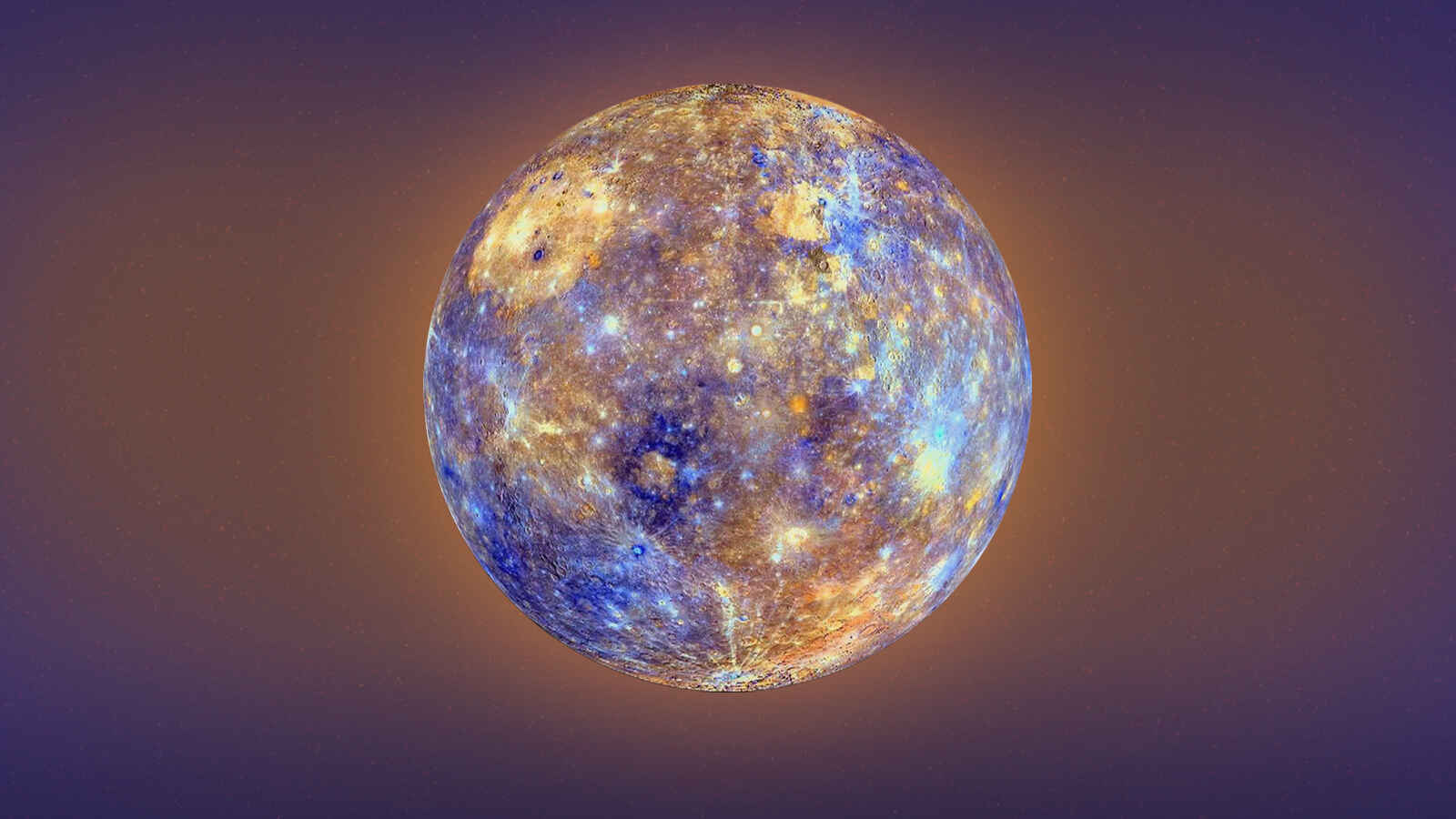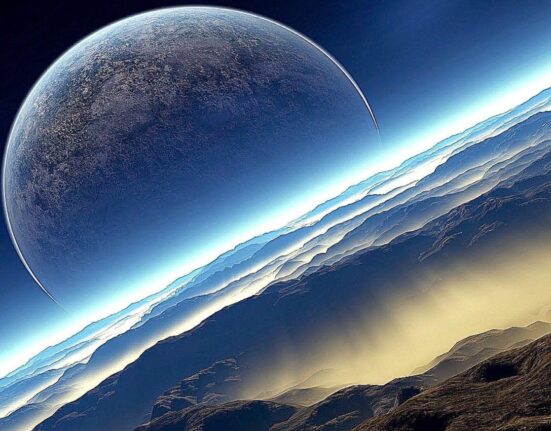Mercury, the enigmatic planet closest to the Sun, has long captivated astronomers and space enthusiasts alike. While most meteorites that land on Earth originate from the asteroid belt between Mars and Jupiter, there has been a conspicuous absence of confirmed meteorites from Mercury—until now.
In a groundbreaking study conducted by a team of researchers, including myself, we may have finally discovered two meteorites that could potentially hail from Mercury. This discovery opens up a new frontier in our quest to understand the formation and evolution of this elusive planet.
“Finding these potential Mercurian meteorites is like uncovering hidden treasures that hold the key to unlocking the mysteries of Mercury’s past,”
remarked one of the lead scientists involved in the study.
The proximity of Mercury to the Sun poses significant challenges for any manned mission to collect samples directly from its surface. Therefore, stumbling upon fragments delivered by natural cosmic processes presents a unique opportunity to delve into Mercury’s geological secrets without the need for costly space missions.
Detailed observations from NASA’s Messenger mission have provided crucial insights into Mercury’s surface composition. Key minerals such as sodium-rich plagioclase, iron-poor pyroxene, olivine, and sulfide minerals have been identified on its crust.
One previously proposed candidate for a Mercurian meteorite was Northwest Africa (NWA) 7325; however, discrepancies in its mineralogy have cast doubt on its origin. Aubrite meteorites have also been suggested as potential fragments from Mercury due to their similarities with certain characteristics associated with Mercurian rocks.
Recent studies focusing on two peculiar meteorites—Ksar Ghilane 022 and Northwest Africa 15915—have revealed striking correlations between their mineralogy and surface composition with that of Mercury. Both samples contain olivine, pyroxene, albitic plagioclase, and oldhamite—consistent with predictions for Mercury’s crust.
“If confirmed as originating from Mercury, these meteorites could provide invaluable insights into the early history and geological evolution of this enigmatic planet,”
stated another scientist involved in the research.
However, further analysis indicates some disparities between these samples and known compositions of Mercury’s surface. For instance, they exhibit lower levels of plagioclase compared to estimates for Mercury’s crustal makeup. Moreover, their estimated age surpasses that of recognized surface units on Mercury by several million years—a discrepancy that raises intriguing questions about their potential origins within the planet.
The complex process of attributing specific meteorites to celestial bodies like asteroids or planets underscores the challenges inherent in planetary science. Laboratory analyses conducted on materials brought back from lunar missions and Martian expeditions demonstrate how intricate this identification process can be.
As we await high-resolution data from ongoing space missions such as BepiColombo around Mercury—which may shed more light on our discoveries—the scientific community eagerly anticipates further discussions at upcoming conferences to unravel more mysteries surrounding these tantalizing extraterrestrial specimens.
The search for answers continues as researchers strive to piece together clues scattered across our solar system—and perhaps beyond—to paint a clearer picture of our cosmic neighborhood. The quest for understanding remains an ever-evolving journey fueled by curiosity and ingenuity towards unlocking the secrets hidden within distant worlds.









Leave feedback about this